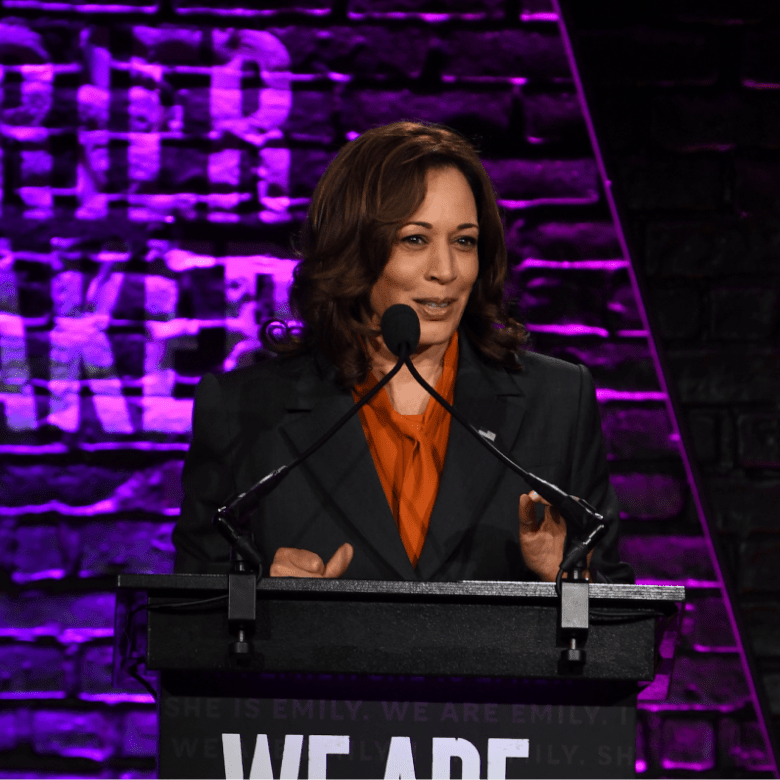Women donors and PACs fueled political funding for Democratic women candidates in 2018—but they left
CNBC: Women donors and PACs fueled political funding for Democratic women candidates in 2018—but they left
By Emma Newburger
Women donors and super PACs helped drive the parade of victories by Democratic women in the November election.
But the money wave didn't extend to Republican women. The number of Republican women in Congress next year will drop, even as the ranks of Democratic women swell. The incoming freshman class of the 116th Congress will include at least 105 Democratic women and 19 Republican women, a striking discrepancy that reflects the enthusiasm of women donors and organizations for Democratic candidates.
In 2018, women contributed more than $159 million to Democratic women congressional candidates and just over $19 million to Republican women congressional candidates on the House and Senate levels,according to the Center for Responsive Politics. While donations from women to Democratic women have shot up this year, reflecting a trend the Women's Philanthropy Institute calls “rage giving,” their donations to Republican women candidates remained flat.
Women were less than one-third of all Democratic congressional candidates and just 43 percent of Democratic congressional nominees. But they received over half of women's donations to Democratic candidates in November.
This major imbalance is in part because individual women donors gave more to Democratic campaigns. But it's also a result of the powerful Democratic women's PACs that consistently outspend conservative women's organizations.
“There's a big enthusiasm gap between Democrats and Republicans, and it's a concern for GOP women. We want a representative government, and parity across the ideological spectrum, but looking at the numbers, it's deeply lopsided in favor of Democrats,” Sheila Krumholz, executive director of the Center for Responsive Politics, told CNBC Make It.
This will likely remain a serious obstacle for Republican women candidates in forthcoming elections.
Emily's List, the fundraising juggernaut that has helped elect hundreds of pro-choice Democratic women, told CNBC Make It that it raised over $110 million this election cycle. That's significantly more than the combined total of conservative women's PACs like Susan B. Anthony List, RightNow Women and Winning for Women, which together spent just over $1.2 million for Republican women candidates.
Even when PAC funding exists, Republican women have greater competition against men in their party, University of Mary Washington political science professor Rosalyn Cooperman tells CNBC Make It.
Emily's List, RightNow Women and Winning for Women did endorse and fund solely women candidates. But SBA List, whose mission is to elect pro-life women candidates, endorsed more Republican men than women candidates in 2018.
“Democratic candidates across the board – women and men – benefited from an upsurge in fundraising this cycle, something the Republican Party will need to address for both male and female candidates,” Susan B. Anthony List President Marjorie Dannenfelser told CNBC Make It. “But at Susan B. Anthony List … Our donations from both women and men to pro-life women candidates have steadily increased over the last six years.”
In fact, SBA List spent most of its $36,270 for House races on Republican men candidates, and funneled only $2,500 in independent expenditures to one contest with a Republican woman House candidate, GOP Rep. Virginia Foxx in North Carolina's 5th congressional district, through a Super PAC called Women Speak Out.
Additionally, a SBA spokesperson shared with CNBC Make It that the organization bundled $513,947 for 44 women candidates, including pro-life Republican women like Jaime Lynn Herrera Beutler in Washington's 3rd district, Mia Love in Utah's 4th district and Karen Handel in Georgia's 6th district.
Emily's List spent over $20 million this year on independent expenditures in 28 House races with Democratic women candidates, most of whom were running against Republican men incumbents.
Stephanie Schriock, president of Emily's List, told CNBC Make It that the organization met its goals of elected pro-choice Democratic women. “But our work is far from over,” she said. “Now, we're full steam ahead to make sure we defend these wins, and elect even more record-breaking, boundary-pushing women who are going to stand up to the Republicans' disastrous agenda.”
There's another barrier for Republican women: In a party that shuns identity politics, there was a reluctance to emphasize gender as a credential in the 2018 election. Republicans don't do as well as Democrats in recruiting or funding campaigns for women candidates, often dismissing these efforts as playing gender politics, says Cooperman.
One high-profile example is Republican Rep. Marsha Blackburn of Tennessee, who was elected to be the first female Senator in the state. She said during her campaign that she didn't campaign on the “gender issue,” and deems herself congressman, not congresswoman.
According to exit polls of the election from Edison Research, of the 45 percent of voters who said it was very important to elect more women to office, 82 percent voted for Democrats and 17 percent for Republicans.
“Women donated to Democratic party candidates, specifically to women candidates, with the expressed purpose of electing more women to office. On the flip-side, Republicans aren't comfortable with that language and type of identity politics,” Cooperman said. “But until the Republican party states that they want more women in the party, and make financial space to incentivize women to participate, Republican women will continue to be underrepresented.”
